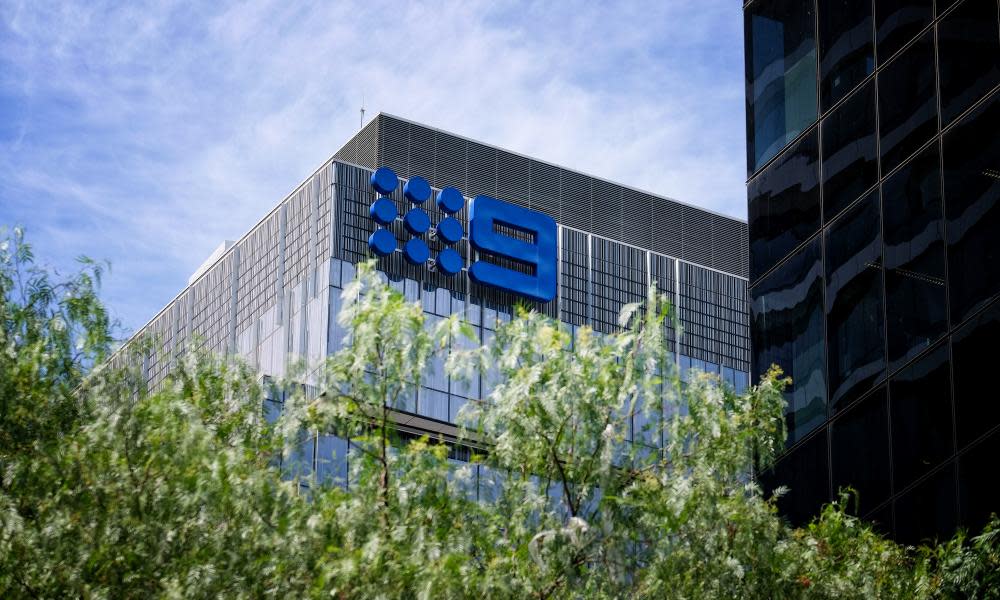Nine surges back with $184m profit on back of TV and Stan earnings

Nine Entertainment has surged back into profit after last year’s coronavirus slump and is expecting an increase in revenue next year as deals with Google and Facebook kick in.
But the result disappointed the market, with shares falling 7.7% on Wednesday morning after Nine failed to hit profit expectations.
The company declared a profit after tax of $184m for the 12 months to the end of June, compared with a loss of $574m in the previous year.
Related: Amount of Australian drama on commercial TV falls by 68% in two decades
This compares with market forecasts of about $260m, based on CommSec data.
Earnings from TV and streaming service Stan, which benefited from Covid lockdowns, drove the turnaround.
Revenue at Nine’s news mastheads, which includes the Sydney Morning Herald and the Age, fell as print circulation and advertising continued their long-term decline, but the fall was more than offset by increasing digital subscriptions and $35m in costs the company ripped out of the division.
The company also did well out of its 60% stake in real estate advertising group Domain, which delivered good results as the Australian obsession with home buying persisted despite the pandemic.
However, radio, which includes rightwing Sydney station 2GB, was a black spot. Brands such as 2GB are now worthless after the company slashed $62m from the value of its the business to $129m and said its only radio assets were its broadcast licences.
Radio earnings fell from $9.8m to just $8.4m after revenue fell due to the sale of two businesses within the division and a lower share of the ad market.
The company also endured a cyberattack during the year that left staff scrambling to get bulletins to air and newspapers to bed after key systems were locked up.
“No sensitive data was compromised in relation to this attempted breach and the financial impact on the business was not material,” the company said in its annual report.
Former chief executive Hugh Marks, who left Nine in March after controversy over his personal life, was rewarded with a package worth $7.9m. About $4m of that will be paid this year, including a termination benefit of $2.9m.
This compares with the $2.3m package he received the previous year, which was his last full year as CEO.
Mike Sneesby, who replaced Marks as CEO, painted a rosy picture of the future.
“We will continue to focus on expanding our ownership and control of content, doubling the volume of Stan originals in FY22, combined with continued growth in live streaming, and Stan Sport,” he said.
“In publishing, further growth in reader revenue and more particularly digital subscription and licensing revenue is key.
“This will be achieved by focusing on the content that resonates most strongly with our current and potential subscriber base as well as ensuring an optimal consumer experience through continued enhancement and features available in our apps.”
The company is expecting “strong growth in the short term” in revenue at its mastheads as a result of the Google and Facebook deals, it said in its annual report.
However, Sneesby said revenue from the deals, which were obtained after the government threatened the tech giants with an enforceable code, would not be booked until next year.
He thanked staff for their efforts in recent weeks during the ongoing lockdowns in Sydney and Melbourne.
“Time and again, you have all found ways around these challenges and ensured we meet the needs of our of readers, listeners and viewers every day,” he said in an all-staff email.

 Yahoo News
Yahoo News 
